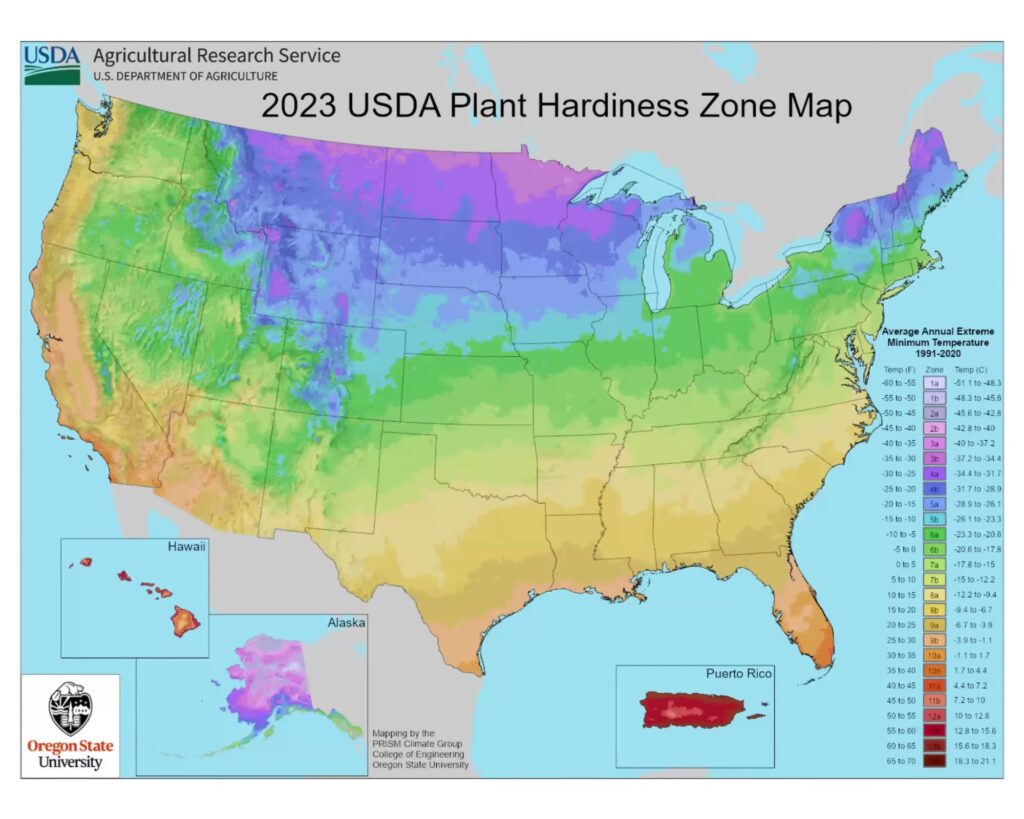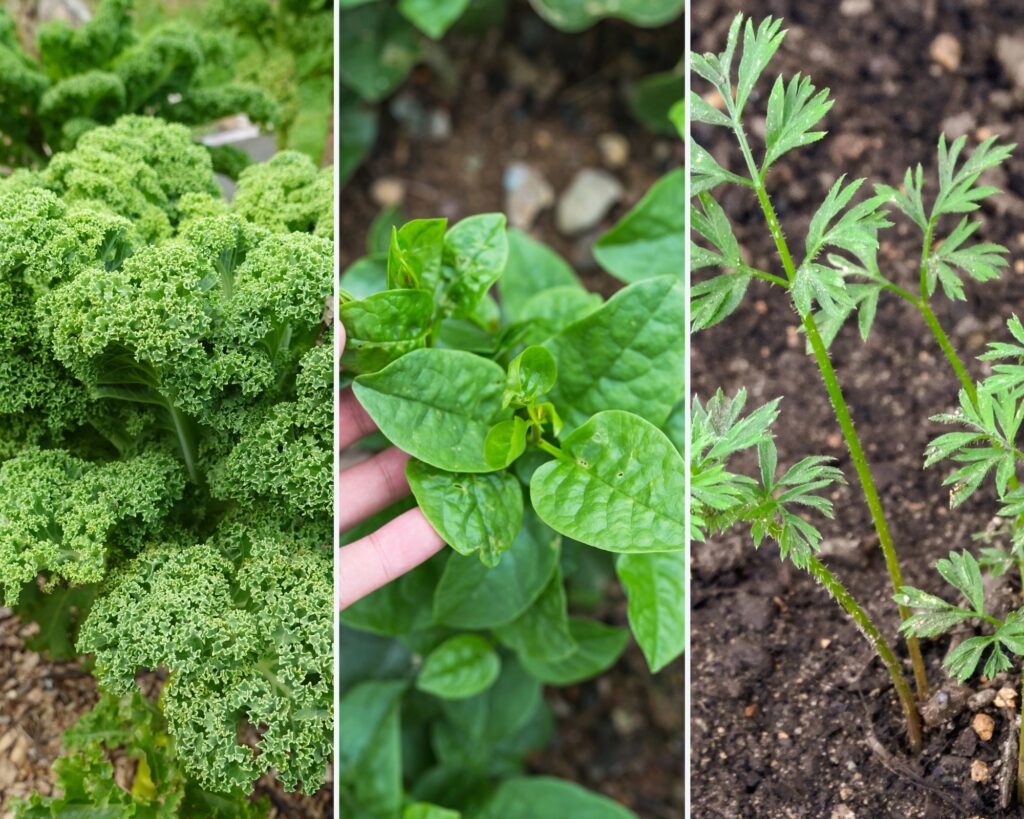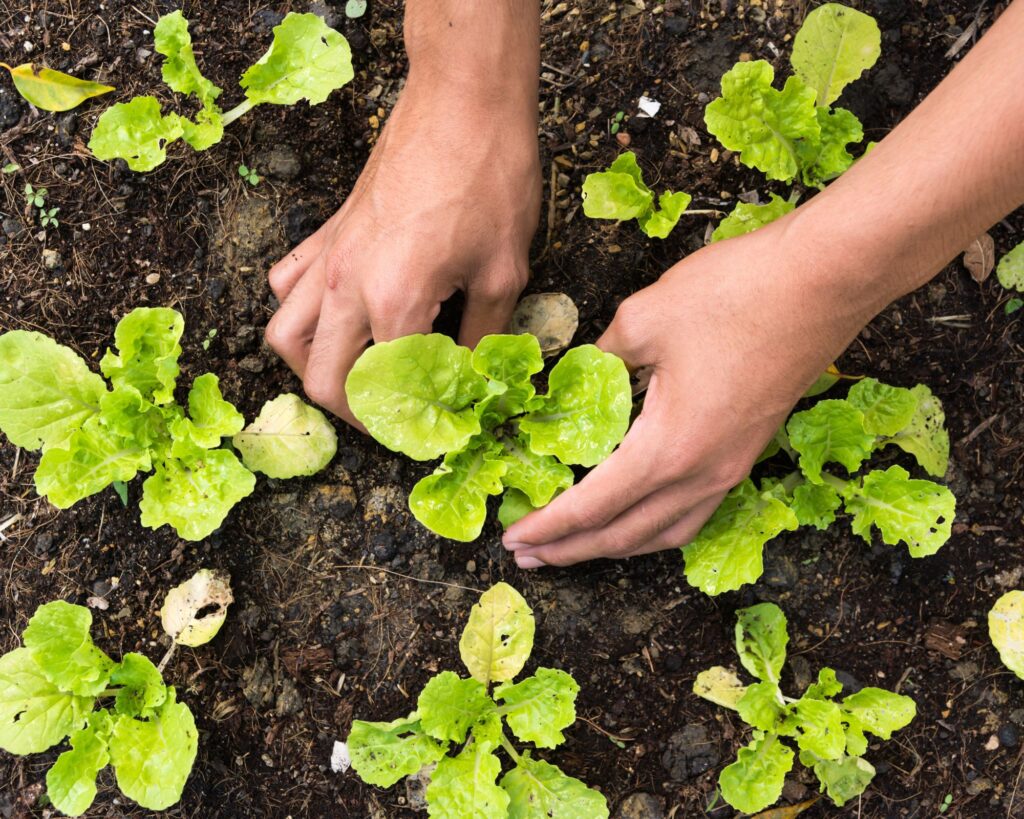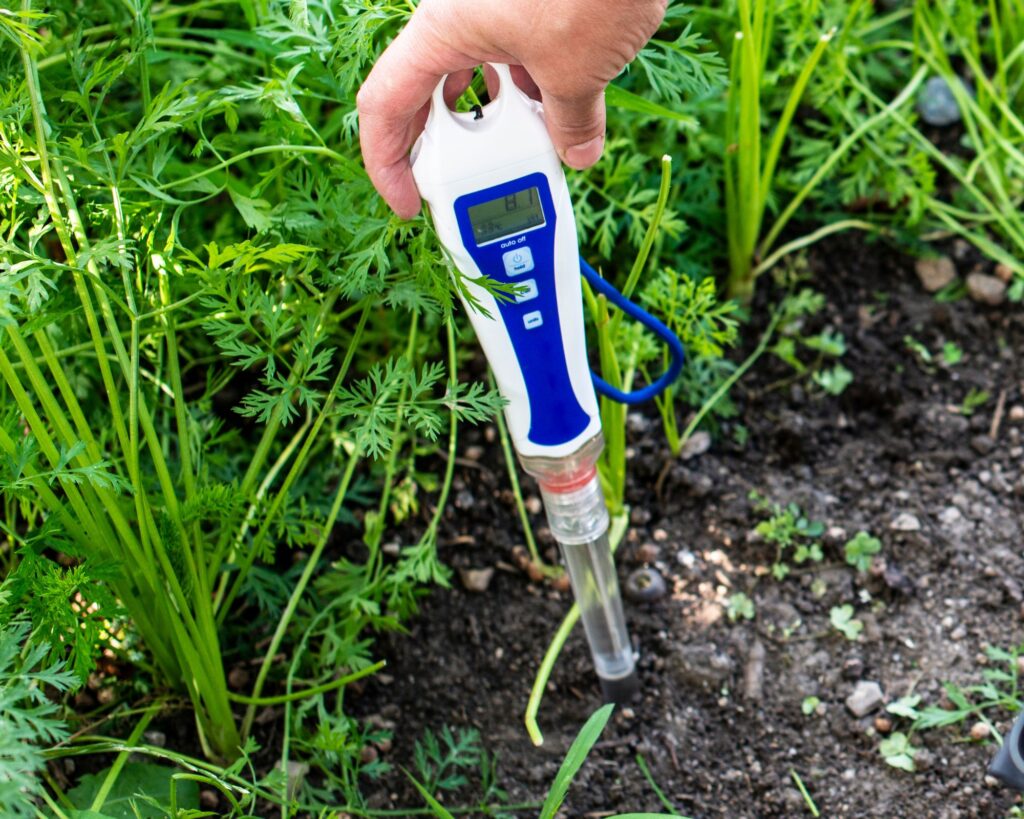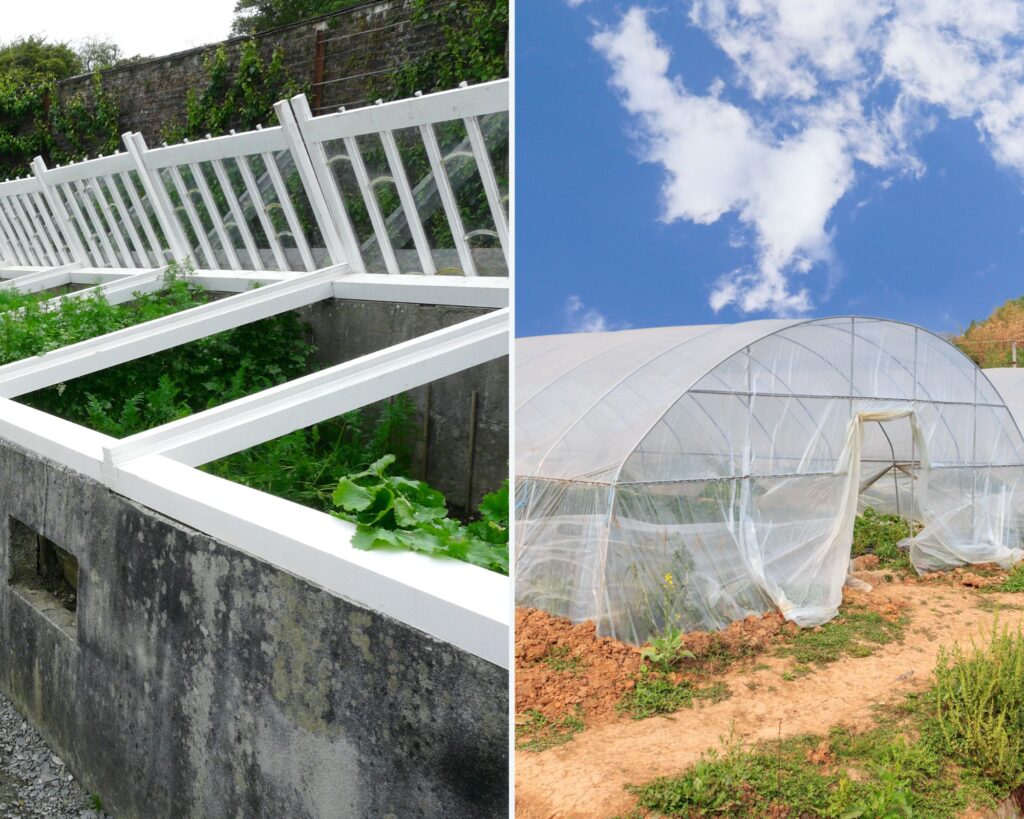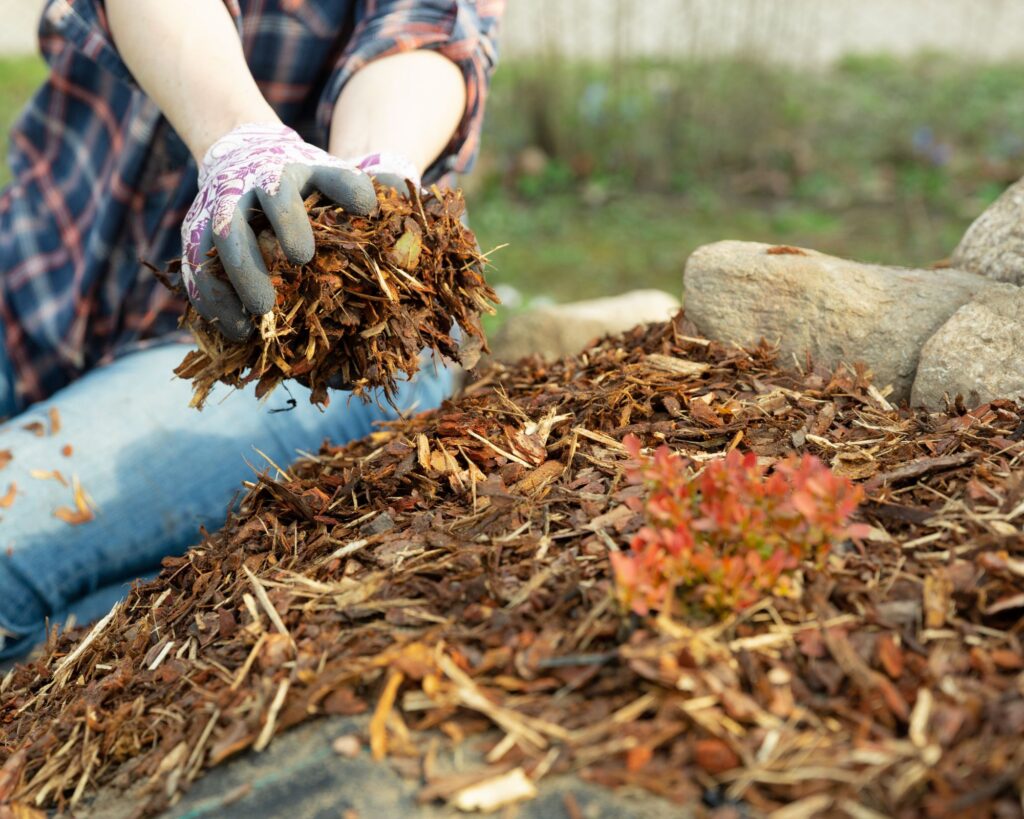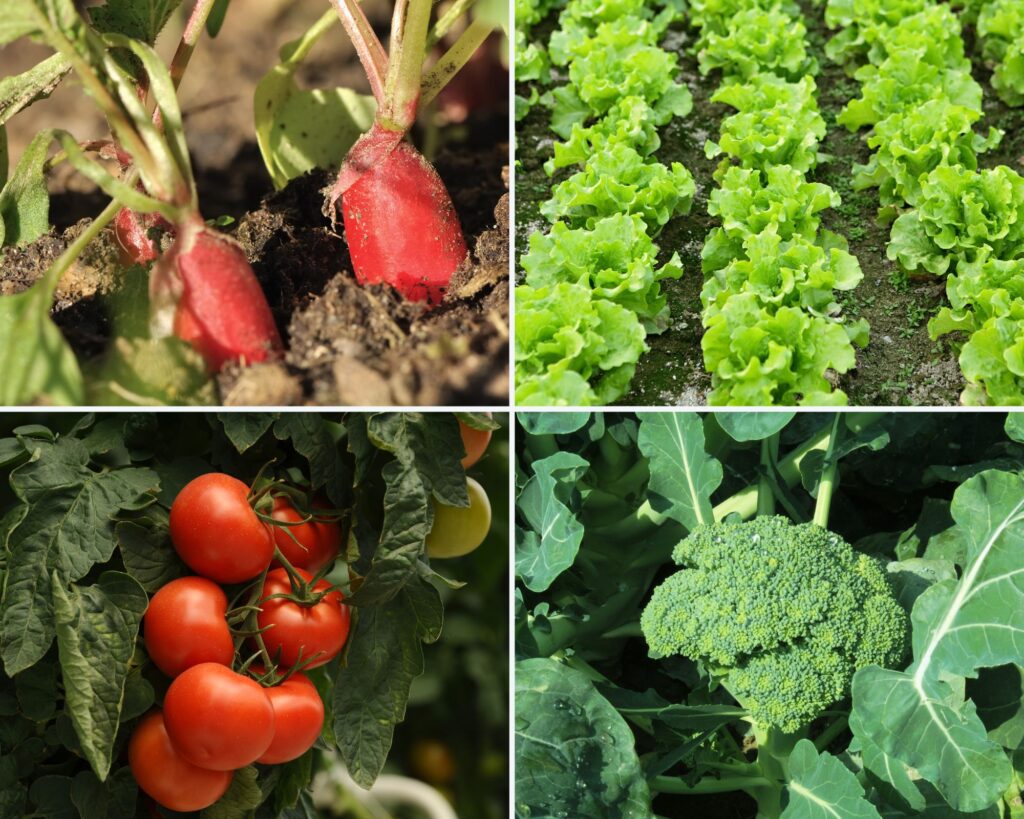Ever wished your garden could keep providing fresh, delicious vegetables long after the first frost? You’re in good company! Many gardeners dream of extending their growing season and maximizing their harvests.
Imagine savoring a juicy tomato or crisp lettuce while your neighbors’ gardens lie dormant. With these 5 simple techniques, you can stretch your gardening season by weeks or even months. These easy-to-implement methods can transform your garden’s productivity.
Ready to revolutionize your gardening game? Dive into these tips and keep your garden thriving well past the traditional season!
1. Understanding Your Climate
Knowing your climate helps you tailor gardening techniques to extend the growing season effectively. Key factors include identifying your growing zone and recognizing seasonal weather patterns.
Identifying Your Growing Zone
Your growing zone dictates which plants can thrive in your area. You can find this information from the USDA Plant Hardiness Zone Map. This map divides regions based on the average minimum winter temperature.
Factors like altitude, proximity to large bodies of water, and urban heat effects can also influence your growing zone. Use local resources or online tools to pinpoint your exact zone for precise information.
Recognizing Seasonal Weather Patterns
Understanding the typical weather patterns for each season is crucial. Track the first and last frost dates to know when to plant and harvest. Note any specific weather events, such as heavy rains or dry periods, common to your area.
Keeping a gardening journal with this information can provide insights over time. This helps you anticipate and mitigate adverse conditions, ensuring a longer and healthier growing season for your plants.
2. Choosing the Right Crops
To extend your growing season, it’s crucial to pick the best crops. Focus on varieties that grow well in cooler temperatures and know the optimal planting times.
Selecting Season-Extending Varieties
Certain plant varieties thrive in cool weather conditions. Choosing these can make a big difference. Look for cold-tolerant varieties, such as kale, spinach, and carrots.
In addition, consider crops with shorter growing cycles. Radishes, for example, can be harvested in just a few weeks.
Utilize heirloom varieties which may be more adaptable to varying climate conditions. They’ll often survive the early chill better than other types. Make sure to check seed catalogs for category labels indicating cold resistance.
Knowing When to Plant
Planting at the right time is essential for extending the growing season. Begin by starting seeds indoors 6-8 weeks before the last expected frost date.
This gives your plants a strong start. For fall crops, sow seeds in late summer to early fall. This timing ensures that they mature as temperatures begin to cool.
Use succession planting to continuously plant new seeds every few weeks. This method keeps your garden productive over a longer period. Be aware of the first frost dates in your area to protect late-season crops.
By paying attention to planting schedules, you can maximize your harvests.
3. Soil Preparation and Care
To extend your growing season, you need to focus on early soil preparation and ongoing care to maintain optimal soil temperature and moisture levels. These practices will both protect young plants and encourage healthy growth throughout the season.
Amending Soil for Early Planting
Start early by testing your soil to determine its pH and nutrient levels. Adjust these using organic matter such as compost or well-rotted manure which can improve soil structure and fertility. You may need to add lime to raise the pH or sulfur to lower it.
Raised beds or mounds can warm up faster in the spring. Incorporate organic materials into these beds, and consider using plastic mulch to retain heat and moisture. Additionally, planting cool-season crops like spinach and peas can thrive in these conditions.
Maintaining Soil Temperature and Moisture
Maintaining consistent soil temperatures is crucial. Use mulches such as straw or leaves to insulate the soil and retain moisture. Row covers or cold frames protect plants from temperature fluctuations and frost.
Install a drip irrigation system to provide regular, precise watering. It helps keep roots moist without overwatering, which is especially important in both early spring and late fall. Regularly check soil moisture by sticking your finger into the soil; it should be damp but not waterlogged.
4. Protective Structures
Protective structures can give your plants just the right environment to thrive even when the weather isn’t on your side. These methods help you start earlier and harvest later.
Using Cold Frames and Greenhouses
Cold frames and greenhouses help protect young plants from harsh weather. A cold frame is a transparent-roofed enclosure that relies on sunlight for warmth. It’s perfect for extending the growing season in early spring or late fall.
A greenhouse provides more control over temperature, humidity, and light, making it ideal for year-round growing. Greenhouses can be simple or complex, from small DIY kits to large, fully equipped setups. This structure creates a more consistent environment, letting you grow a wider variety of plants with better yields.
Benefits of Row Covers
Row covers are lightweight fabrics placed directly over plants to protect them from frost, pests, and harsh sunlight. These covers offer several benefits, like improving temperature control by trapping heat from the soil while still allowing moisture and sunlight to reach the plants.
They come in various weights, with heavier fabrics providing more frost protection. Row covers are versatile and can be used throughout the growing season to extend harvest times. They’re easy to set up and remove, making them a convenient option for gardeners looking to maximize their growing season.
5. Gardening Techniques
To extend your growing season, you can use mulching to retain heat and control weeds, as well as succession planting to ensure continuous harvests. Both methods are effective for maintaining healthy and productive gardens.
Mulching for Heat Retention and Weed Control
Mulching helps retain soil warmth, which is crucial for extending your growing season. By covering the soil with organic materials like straw, leaves, or compost, you create an insulating layer. This keeps the soil temperature stable, protecting plants from early frosts and maintaining moisture.
Weed control is another advantage of mulching. Weeds compete with your plants for nutrients and water. A thick mulch layer suppresses weed growth by blocking sunlight, making it harder for weeds to germinate and thrive.
Using organic mulch also enriches the soil as it decomposes, adding essential nutrients. Spread mulch 2-3 inches thick around your plants, keeping it a few inches away from the stems to prevent rot.
Succession Planting Strategies
Succession planting involves staggered planting of crops to keep your garden productive throughout the growing season. This technique allows you to harvest one crop and follow it with another in the same space.
Start with fast-maturing crops like radishes or lettuce. Once harvested, replace them with slower-growing plants such as tomatoes or broccoli. This maximizes your space and ensures a continuous supply of fresh produce.
You can also plant multiple varieties of the same crop with different maturity dates. For example, plant early, mid-season, and late varieties of corn to extend your harvest period.
Plan your planting schedule carefully and keep track of each crop’s growth period to optimize your garden’s productivity efficiently.
By applying these 5 simple techniques, you can significantly extend your growing season and enjoy fresh, delicious vegetables well beyond the first frost. Understanding your climate, choosing the right crops, preparing and maintaining your soil, using protective structures, and employing effective gardening techniques are all key strategies to keep your garden productive and vibrant.
These methods are not only easy to implement but also highly effective, making them perfect for both novice and experienced gardeners. So why not give them a try? With a little effort, you can revolutionize your gardening game and reap the rewards of an extended harvest.


